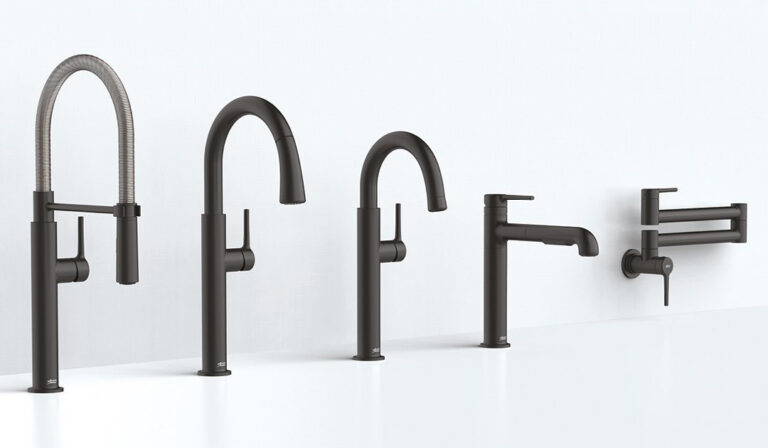How Much Overhang For Kitchen Island
When designing or remodeling your kitchen, one detail that often gets overlooked is the overhang on your kitchen island. This little extension can make a big difference in terms of seating comfort, workspace efficiency, and overall style. But exactly how much overhang should you allow? Getting this measurement right is crucial, whether you’re aiming for a cozy breakfast nook or a spacious prep area. Let’s break down everything you need to know about kitchen island overhangs, so you can design a kitchen island that balances function and flair.
Understanding Kitchen Island Overhang
The term “overhang” refers to the portion of the kitchen island countertop that extends beyond the base cabinets or support structure. This extension is what provides legroom for seating or extra workspace when standing. Knowing the right depth of this overhang is key to making your island both practical and comfortable.
Standard Overhang Dimensions
Typically, the standard overhang for kitchen islands is between 10 to 15 inches. This size is generally enough to accommodate casual seating without the need for additional support. For standing workspaces, an overhang of around 12 inches offers plenty of room for meal prep without feeling cramped. But, these guidelines can be adjusted based on your kitchen’s layout, the type of seating you prefer, and the intended use of the island.
Purpose Of Different Overhang Sizes
Deciding on the right kitchen island overhang is largely about understanding how you plan to use the space. Overhangs designed for seating have different requirements than those intended strictly for prep or serving.
Overhang For Seating Vs. Workspace
If you’re planning on using your island primarily for seating, you’ll need at least 12 inches of overhang. This allows enough legroom and keeps stools tucked properly under the counter. For workspace, a slightly smaller overhang can suffice, mainly focusing on ease of movement around the island.
Recommended Overhang For Bar Stools
For bar stools, the recommended overhang generally ranges from 12 to 15 inches. This extra space ensures your legs don’t hit the cabinet fronts and provides enough clearance for your knees. If you plan on using thicker countertop materials like granite or quartz, leaning towards the upper end of that range is wise to avoid cramped seating.
Materials And Support Considerations
Overhang depth isn’t just about comfort. It also has to do with structural support, especially when the overhang extends beyond 12 inches.
Support Options For Larger Overhangs
For overhangs that exceed 15 inches, relying solely on the cabinetry beneath isn’t enough. You’ll need additional support such as corbels, brackets, or metal brackets beneath the countertop. Steel rods or braces anchored into the wall or island base can also be used to prevent sagging and maintain stability. Choosing the right support not only ensures safety but also complements your kitchen’s style.
Impact Of Countertop Material On Overhang
The countertop material you choose impacts how much overhang is feasible without extra support. Materials like granite and quartz are heavier and require careful support planning, especially for large overhangs.
Lighter materials such as butcher block or laminate can sometimes allow for slightly deeper overhangs without additional bracing. But, regardless of material, it’s prudent to consult manufacturer guidelines and your contractor to ensure your island is both beautiful and structurally sound.
Balancing Style And Functionality
While the function often takes priority, your kitchen island overhang also contributes to the room’s aesthetic. Sleek, minimal overhangs suit modern designs, while traditional spaces might incorporate decorative corbels and wider overhangs.
You want your overhang to feel intentional, too little overhang can make seating awkward, but too much without proper support can look out of place or unsafe. Think about how the overhang complements your stools, floor space, and overall kitchen flow to strike the perfect balance.
Common Mistakes To Avoid With Overhangs
Too often, homeowners underestimate the overhang size needed for comfortable seating or overlook structural support, leading to wobbly or unsafe counters. Here are some common pitfalls to watch out for:
- Insufficient Legroom: An overhang less than 12 inches for seating often leaves knees cramped.
- Ignoring Support: Extending the countertop beyond 15 inches without proper bracing risks damage.
- Mismatch With Stool Height: Not considering stool style and height can create awkward seating setups.
- Overhang Width Ignored: Don’t forget the width, adequate depth is key, but width matters for multi-person seating.
Avoiding these errors will save you from future discomfort and costly repairs.
Measuring And Planning Your Kitchen Island Overhang
Planning your kitchen island overhang requires thoughtful measurement and anticipation of how the space will be used.
Tips For Maximizing Space And Comfort
- Measure Seating Space: Allocate about 24 inches per person for seating width.
- Check Stool Dimensions: Ensure the stool seat height matches the counter height, typically 36 inches for standard counters or 42 inches for bar height.
- Consider Traffic Flow: Leave at least 36 inches clearance behind stools for comfortable passage.
- Mock-Up: Use tape on the floor to mark the intended overhang and seating area. This visual guide helps gauge comfort before installation.
Taking these steps can turn your kitchen island into a highly functional and inviting centerpiece.
Conclusion
Determining the right overhang for your kitchen island is more than a guess, it’s about marrying comfort, style, and practicality. Whether you’re seating guests or prepping meals, a thoughtfully planned overhang enhances usability without sacrificing stability or design. Remember the key measurements: around 12 to 15 inches for seating overhang, sufficient support for anything beyond that, and alignment with your countertop material and stool choices. Nail this balance, and your kitchen island will be a welcoming hub you and your guests love to gather around.


